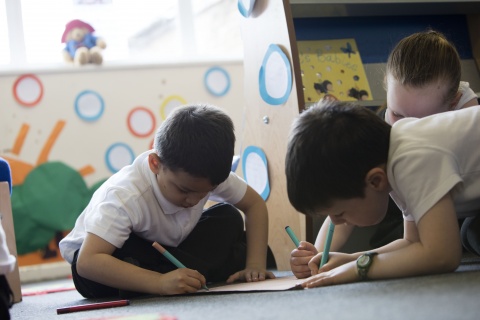Posted by Sophie on Sun 18th February 2018

The question you are probably asking is what is gamification?
The best way in which I can explain the theory is through my own classroom experience. As a teacher I use Class Dojo as an incentive for the children to make the right choice and my children LOVE IT! They actively try to gain dojo points and these points work as an incentive to get rewards. We have a class dojo prize box and if you earn 20 dojo points you earn a prize. The children don't need any encouragement to want to earn points, they see the incentive of earning them and actively participate in the culture of the classroom. Gamification works in the same way as their dojo points, it creates a game environment which encourages competition and keeps them motivated by gaining points. These points gain rewards and work as incentives. This is what makes gamification work.
Gamification - or learning presented with game elements like points and competition, has existed in grade school classrooms for years.

But what are the benefits of gamification in the classroom?
Educators say students become more active learners and better critical thinkers by inserting themselves in different scenarios. It can encourage friendly competition that keeps children motivated and productive with each point. By creating a classroom culture of friendly competition, through the ideas of gamification, children become less complacent and more actively involved in their own decisions and ultimately their good choices.
There are lots of great games that use gamification to enhance a child’s learning process. A positive reinforcement through gaining points and reward incentives is something that has been used the classroom for many years.
Take a look at www.readwithphonics.com for an example of great games for the classroom that use gamification to enhance learning.
